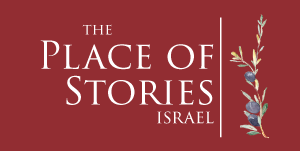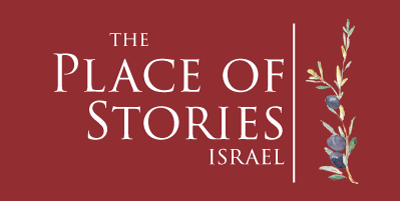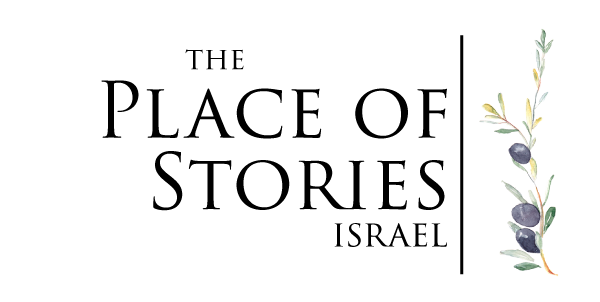Jerusalem Journal # 180
Beyond my curtain, the thunder of artillery fire rumbles in from the east across the Golan horizon, resonating over azure waters of the Sea of Galilee. The explosions jolt not only the foundations of our home, but also the corridors of my mind. Here, images of the three-year Syrian Civil War hang like unwelcome photographs in frames jarred askew, provoking my sense of order to straighten each portrait upon its hook. The faces stare back with fear, hopelessness, and pain, as though pleading for me to respond.

Apart from the maelstrom of distant explosions and military helicopters, a surreal serenity reigns over northern Israel, reminding us to pray
The only tangible touch I have with Syria is a couple of inlaid wooden chairs (engraved in Arabic with “The fear of the Lord is the beginning of wisdom”), a few tablecloths, and an antique mural tapestry purchased in Damascus by my great grandfather on his 1925 journey to “The Holy Land.” That tapestry, after decades in the U.S., is now at The Place of Stories. An entry in Robert E. Lee’s handwritten travel journal about the tapestry purchase describes a walk down Damascene cobblestones of “the street called Straight.” New York Times journalist, Ann Barnard, described it a year ago, “Straight Street, the most storied thoroughfare in Syria, huddles these days in a wary calm, marred now and then by mortar attacks, and every day by anxiety.” Once the Arab height of cosmopolitanism, it is now a boarded-up, rubble-strewn war casualty.

This Syrian tapestry was woven by ancient artisans and sold in a warren of treasure troves during more peaceful times
An important element of our life in Israel is sharing our table with both friends and strangers from far and near, looking for avenues to be community; to pour out a little of God’s love which has been deposited in us. Last week, a coffee break for one of Gary’s famous cappuccinos by a friend and her mother was their calm before the storm. Days later, the 84 yr. old mother, Margaret, was rushed to a local hospital with a broken elbow and femur.
When we arrived for a hospital visit, the room built to accommodate two was swelling to a population of four, plus relatives. Beyond the curtain on Margaret’s right was an elderly woman who appeared to be Druze (a mystery religion whose adherents are scattered in northern Israel, Lebanon, and Syria). Beyond the curtain to Margaret’s left was a Jewish woman, and shortly after we sat down, another bed was rolled into the corner with a young Arab girl and hijab- covered mother in tow. It was a portrait of Israel…Druze, Christian, Jewish, and Arab…all sharing space, each receiving care for her own sufferings, as cries and sighs of one reached the ears of the others through the flimsy curtains that offered a scant modicum of privacy.
That day we heard about Syrian war casualties being treated behind curtains just down the hall from Margaret. Israel has been reaching out medically to be the hands of healing for Syrian casualties left at the Israeli border. Word has spread among Syrians that there is hope beyond the invisible and nearly impenetrable curtain of their hated enemy, Israel. Hospitals in northern Israel are crowded with the most seriously injured. We heard stories of “Ahmed,” a Syrian man in a wheelchair whose legs had been blown off in an explosion and how our friend had been able to communicate briefly in broken Arabic as he brought the man a cup of cold water. Gary and I were hungry for that kind of interaction, but were told the curtained divider was strictly guarded.

Our handmade card to Syrian patients
We left Margaret’s bedside, praying as we ventured down a hallway leading to the restricted curtain. It was as though the Red Sea had parted for us, “the veil had torn.” The curtain was drawn away and no soldiers were guarding the entry. Staring back at us was the man in the wheelchair, gauzily bandaged stumps protruding beyond his sling seat. Our eyes met. Gary raised his hand and patted his heart, I blew a kiss then put my hands together to say, “We are praying for you.” The moment hung like smoke after a battlefield explosion. “Ahmed” bowed his head, touched his fingers to his lips, then to his forehead, then to heaven. Love received.
Days later, “Ahmed” and another Syrian man who had lost an arm were at the nurses’ station to check out under soldier escort. Our friend happened by the desk. “Ahmed” glowed with gratitude from the confines of his wheelchair then thrust forward a plastic sack revealing two prosthetic legs and crutches, gifts along with the wheelchair, compliments of Israel. The curtain was beginning to fall as he was heading for a scene change to life back in the chaos of Syria.
The first mention of curtains in the Bible is an elaborate description of intricately woven tent walls (heavy as woven rugs), looped together to conceal the Holy Place inside the Wilderness Tabernacle. The Hebrew word used there for “curtain” isyeriah. In the Arabic Bible this word is hijab, today’s word for a Muslim woman’s head covering that acts as a privacy screen.
Yeriah is also the name for each sheet of parchment filled with holy writing and sewn together, creating a Torah scroll. When the scroll is rolled together, the parchment acts as a symbolic curtain enclosing God’s Word, just as the Tabernacle and Temple yeriot (plural) once enclosed the Ark of the Covenant.
Curtains throughout history have been used to conceal and reveal. They separate space, screen, create privacy, and are used to control light. In a theater, the rising and falling of the curtain is a revealer of time and space.
Countless Syrians have been put in life-threatening situations of war by their fellow Muslims. Our prayer for Ahmed and other Syrians who have received tender care in Israeli hospitals and met friendly people, is that the curtain of fear has lifted, revealing the light of a compassionate face on the nation they had believed to be their enemy. Now, when the thunder of artillery fire rumbles in from the east we see the face of “Ahmed,” fingers to lips, to head, then to heaven.
Gary was recently interviewed by Chris Mitchell on “The 700 Club” airing on CBN
…and by Josh Reinstein of the Knesset Christian Allies Caucus on “Ask The Source” airing on Daystar TV.
Gary’s interview begins about 9:28 into the clip.
CLICK TO WATCH VIDEO
Thanks to Gary for creating the cards for the Syrian patients
Subscribe to our Jerusalem Journal email here!






